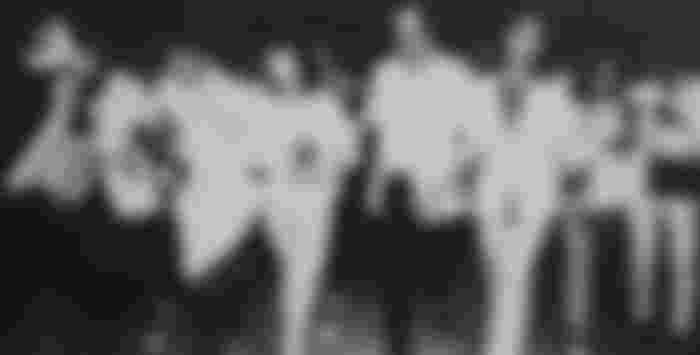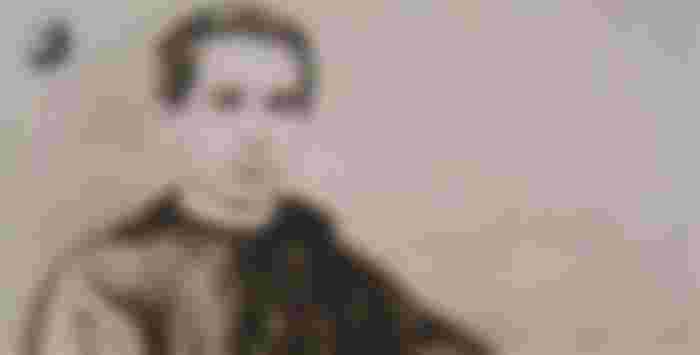02/09 What Happen Yesterday?

The second day of the counting of votes for the Snap Election
February 7, 1986

On the second day of the counting of votes for the snap election held on February 7, 1986, in which the then Presidents Ferdinand Marcos and Corazon Aquino fought, 35 computer programmers of the Commission on Election (COMELEC) walked out at the count in the plenary hall of the Philippine International Convention Center. They left the area because of the fraudulent counting. The number of votes posted to PICC does not match the number of votes cast by the computer.
"We are computer technicians who were hired for the 1986 Comelec National Tabulation Project. We walked out of the project on February 9, 1986 for a basic professional reason: we did not want ourselves to be used in any way that violates fundamental professional ethics, "group statement.
They went to Baclaran Church for their safety. Following the departure of the programmers was the escape of President Marcos' camp by Defense Minister Juan Ponce Enrile and AFP Vice-Chief of Staff General Fidel Ramos. Things went fast. In the days that followed, thousands gathered at EDSA to call for President Marcos' resignation. This historic scene ended Marcos' two decades in power in the country.
The 35 programmers are: Linda (Kapunan) Angeles-Hill, Myrna “Shiony” Asuncion-Binamira, Jane Rosales-Yap, Cooly Culiat-Medina, Alicia Torres, Ernie Alberto, Marisa Briones-Allarey, Marissa Almendral, Gi Antonio- Silva, Rory Asuncion, Bot Bautista, Erlyn Barza, Thess Baltazar-Roberto, Mina Bergara, Nori Bolado, Zoe Castro, Charles Chan, Achie Concepcion-Jimenez, Erick Celestino, Marissa Contreras-Legaspi, Maleen Cruz-Ngan, Dennie Estolas-Vista , Bambi Flor-Sena, Naz Gutierrez III, Luchie Lavin, Mario Lavin, Rubi Macato-Slater, Euly Molina-Legro, Nitro Palomares-Castro, Maite de Rivera, Bing Romero-Justo, Vangie Saludares, Irma Sunico-Buno, Jules Valderrama and Celine Vinoya-Rivera.
Father Jose Burgos was born
February 9, 1837

The considered face of secularism in the Philippines, and the best known of the three secular Filipino priests Gomburza is Padre Jose Apolonio Burgos, who is now his 184th birthday.
Jose Burgos was born in Vigan, Ilocos Sur, the son of a Spanish sergeant Jose Tiburcio Burgos and Florencia Garcia. First studying with honors at the Colegio de San Juan de Letran, he entered the priesthood after studying again at the University of Santo Tomas. He was ordained a secular priest and served at Manila Cathedral, and became Master of Ceremonies at UST. With his intelligence, Padre Burgos used it to express his sentiments for the reform of the Filipino priesthood.
The idea of secularization was also learned at the Manila Cathedral, thanks to Padre Pedro Pelaez, a mestizo priest in the cathedral who promoted the transfer of the right to govern the parish to Filipino secular priests, in place of regular Spanish friars. Secularization also promotes equality between Spanish and Filipino priests, who experience discrimination and judgment. The idea of secularization became a threat to the friars and Padre Pelaez looked down on them.
When Padre Pelaez died in the earthquake in Manila in June 1863, Padre Burgos, along with Padre Mariano Gomez, also a member of the Manila Cathedral, and Padre Jacinto Zamora, continued the secularization. It became popular and flourished under the administration of Governor-General Carlos Maria dela Torre, known as a Spanish liberal and supporter of reforms in the country.
As the leader of secularization in the country, Padre Burgos welcomed Governor Dela Torre's hearing on their demands for reform. But he was soon replaced by a more conservative and autocratic Governor Rafael de Izquierdo. The friars again heated up Padre Burgos, and when the uprising of the Filipino soldiers in Cavite occurred in January 1872, the friars took advantage of this opportunity to get Padre Burgos out of their path. He was among the arrested intellectuals, and then tried with Padre Gomez and Zamora for treason and sedition. Although Padre Burgos vehemently denied the accusation, they were still convicted by a military court and sentenced to death by garrote, along with a soldier who testified against Gomburza Francisco Zaldua. Padre Burgos was the last of the four people to break his neck in the garrote vil in public on February 17, 1872 in Bagumbayan.
Copyright © 2021 MidnightWriter. All Rights Reserved

